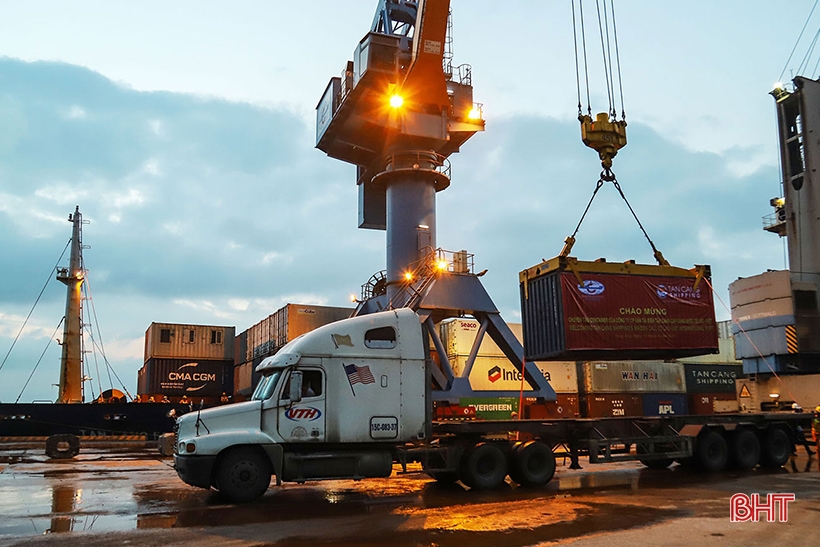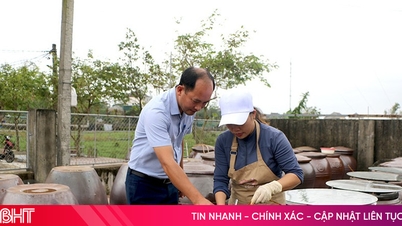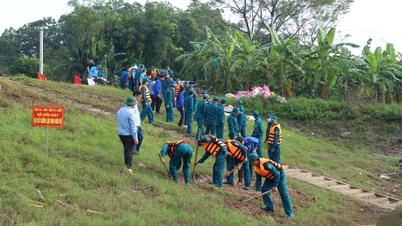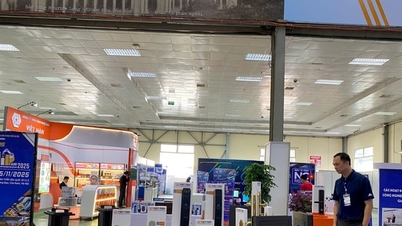Deputy Prime Minister Tran Hong Ha has just signed Decision 979/QD-TTg approving the Planning for the Development of the Dry Port System for the 2021-2030 period, with a vision to 2050. Accordingly, the Central Highlands - Central region has 6 areas planned for dry ports, including Ha Tinh .
Decision 979/QD-TTg approving the Planning for the development of the dry port system for the 2021-2030 period clearly states that the Northern region includes dry ports and dry port clusters with a capacity of about 4.29 - 6.2 million Teu/year.
The Central Highlands region has dry ports and dry port clusters with a capacity of about 0.9 - 1.4 million TEU/year. The Southern region has dry ports and dry port clusters with a capacity of about 6.8 - 9.5 million TEU/year.
Map of National Highway 8 transport corridor.
Specifically, in the National Highway 8 transport corridor, the planning scope of dry ports includes Nghe An and Ha Tinh. The capacity of dry ports on the corridor: by 2030 is about 200,000 Teu/year - 250,000 Teu/year. The total planning area of dry ports in this area by 2030 is about 20 ha - 25 ha.
The general objective of the planning is to gradually form and develop a dry port system nationwide to meet the needs of transporting import and export goods, increase the cargo handling capacity of seaports; organize container transportation in a reasonable manner to reduce transportation costs and storage time at seaports, and ensure cargo safety.
In addition, planning contributes to reducing traffic congestion and protecting the environment, especially in large cities and areas with large seaports. Developing dry port systems to become hubs for organizing transportation, transit, and distribution of goods, combined with providing logistics services.
The plan aims to develop the dry port system into a hub for organizing transportation, transit, and distribution of goods, combined with providing logistics services.
The specific goal by 2030 is to develop a dry port system capable of handling about 25-35% of the demand for imported and exported container cargo along transport corridors. Form dry ports and dry port clusters with a total capacity of about 11.9-17.1 million Teu/year.
By 2050, the dry port system is expected to develop into a hub for organizing transportation, transit, and distribution of goods, combined with providing logistics services, capable of handling about 30-35% of the demand for imported and exported containerized goods along transport corridors, while also meeting the demand for logistics services in localities.
Investment capital demand for dry port system by 2030 is about 27.4 - 42.38 trillion VND.
PV
Source




![[Photo] Prime Minister Pham Minh Chinh meets with representatives of outstanding teachers](https://vphoto.vietnam.vn/thumb/1200x675/vietnam/resource/IMAGE/2025/11/15/1763215934276_dsc-0578-jpg.webp)


![[Photo] Panorama of the 2025 Community Action Awards Final Round](https://vphoto.vietnam.vn/thumb/1200x675/vietnam/resource/IMAGE/2025/11/15/1763206932975_chi-7868-jpg.webp)

![[Photo] General Secretary To Lam receives Vice President of Luxshare-ICT Group (China)](https://vphoto.vietnam.vn/thumb/1200x675/vietnam/resource/IMAGE/2025/11/15/1763211137119_a1-bnd-7809-8939-jpg.webp)



































































































Comment (0)